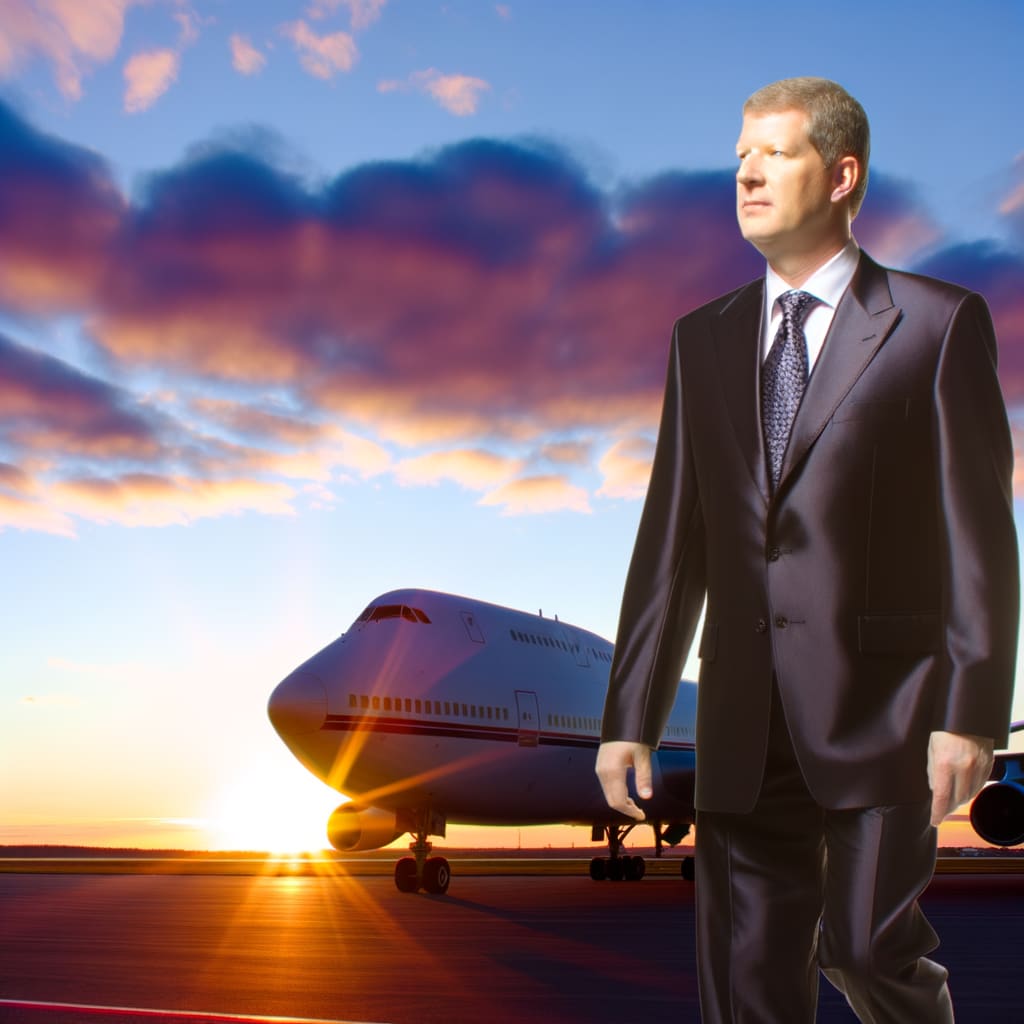G7 Summit Dominated by Global Challenges, Trade Discussions, and International Conflicts
The 51st annual G7 Summit, held from June 15 to 17 in the Canadian resort area of Kananaskis, was marked by global turmoil, trade discussions, and international conflicts. The leaders of the Group of Seven countries — Great Britain, Germany, Italy, Canada, the U.S., France, and Japan — and invited states including India, Ukraine, Mexico, South Africa, and South Korea participated in the summit.
Global Turmoil and New U.S. Approach
The G7 Summit saw a radical new approach to world affairs from the U.S., with President Trump departing early to address the escalating conflict between Israel and Iran. French President Emmanuel Macron indicated that an offer for a ceasefire had been made. However, Trump denied this, promising something 'much bigger.'
Despite the global turmoil, the G7 leaders focused on addressing various pressing issues. This includes the economic situation in Ukraine and the priorities of the global South, which the Indian Prime Minister was expected to discuss.
Trade Discussions Amid Economic Uncertainty
Trade discussions also took center stage at the summit. Trump did not rule out the possibility of new trade deals being concluded at the meeting. Australian Prime Minister Anthony Albanese met with Trump to discuss the AUKUS defense pact and tariffs, while Japan sought the possibility of a trade deal with the U.S.
These discussions took place against the backdrop of global economic uncertainty. Trump’s America-first strategy has raised fears among his allies who worry it might lead to a global recession.
International Conflicts and the Role of the G7
The summit was also dominated by international conflicts, particularly the Israel-Iran conflict and the ongoing war in Ukraine. As world leaders gathered in Kananaskis, the G7's principle of unity and collective action was tested amid Washington's muted response to Russian aggression.
Canada, holding the G7 presidency in 2025, invited Ukraine's President Volodymyr Zelensky to participate in his fourth G7 summit since the outbreak of the full-scale invasion in 2022. Zelensky aimed at maintaining international support for Kyiv while advocating for more punitive measures against Moscow.
Reactions and Implications
Protests occurred ahead of the G7 summit, with activists and community groups holding a people's forum
in Calgary to challenge the summit's priorities. Russia also responded to the summit, noting the damage from sanctions against it as a significant outcome.
Despite the challenges, the leaders remained committed to addressing these issues. On the final day of the summit, a working session focused on A Strong and Sovereign Ukraine.
Conclusion
The G7 Summit was marked by significant global challenges, ranging from economic uncertainty to international conflicts. As the leaders navigated these issues, the world watched closely for the outcomes of their discussions and the implications for global affairs.

